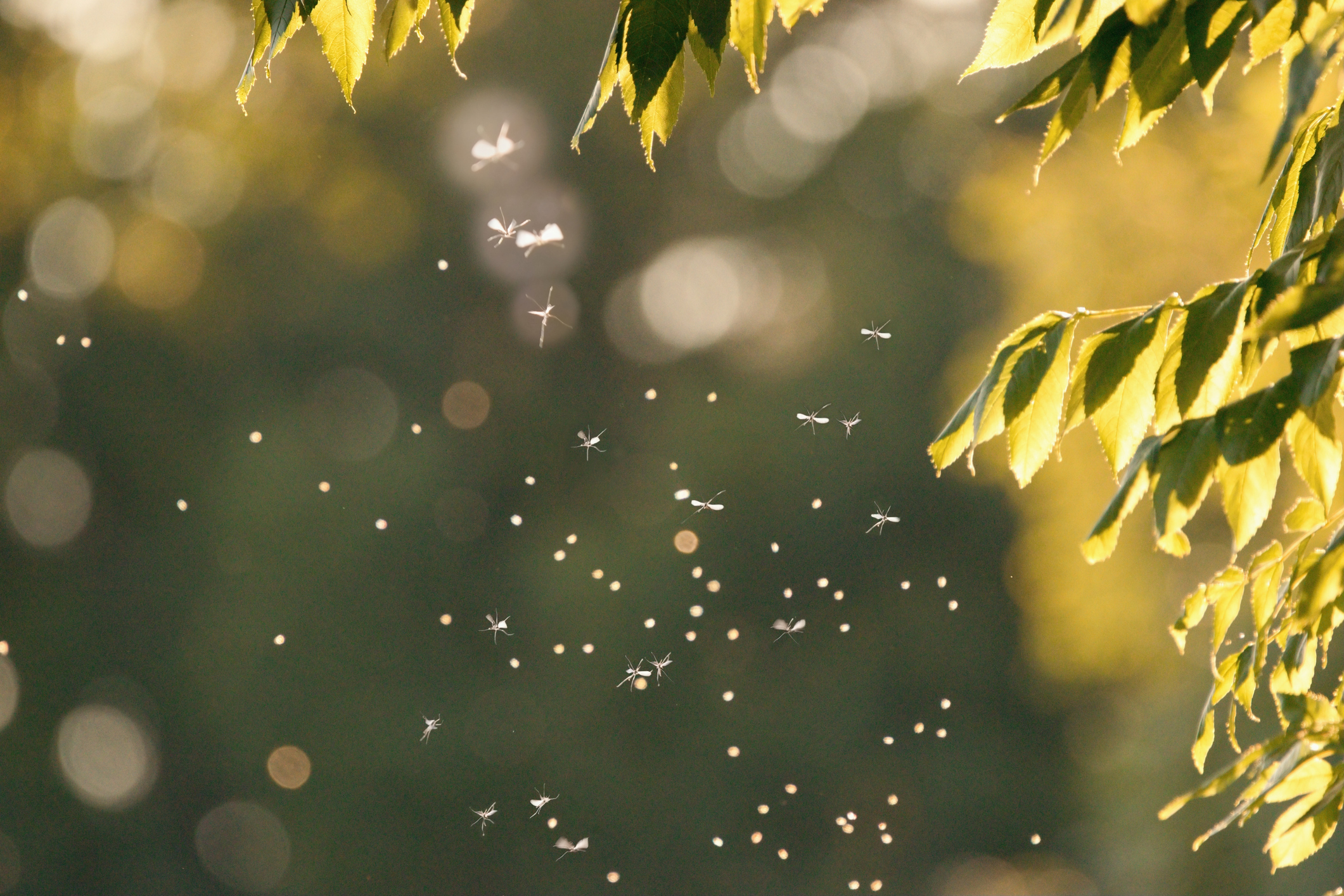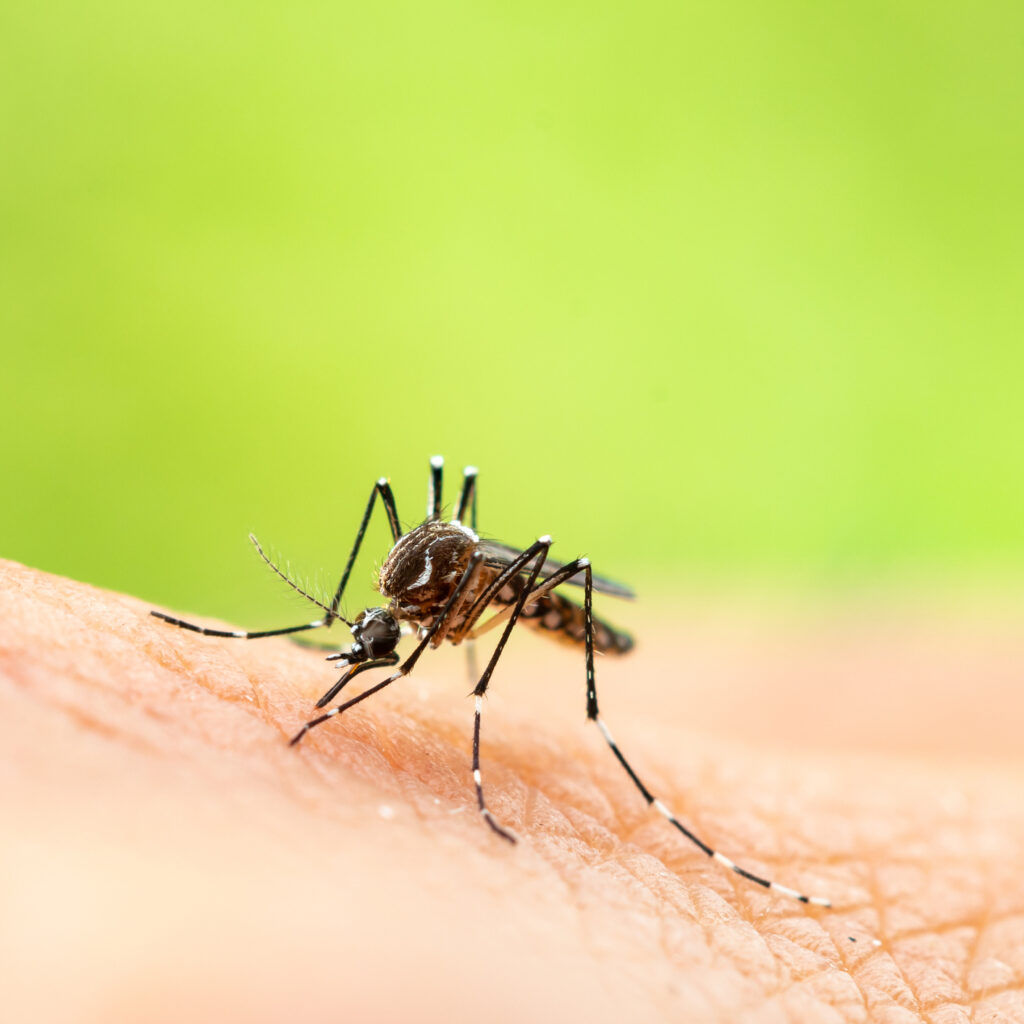
Noticed more mosquitoes? Here’s why, and what to expect when heading outdoors for Easter
If you’ve spent any time outside in the last month, you’ve probably clocked an increase in mosquitoes. Mid-February brought biblical amounts of the annoying bloodsuckers. And while that initial surge may be ebbing, 2024 is still sizing up to be a record year for everyone’s least favorite flying insect.
“There’s definitely an uptick,” says entomologist Michael Becker, director of East Baton Rouge Parish Mosquito Abatement and Rodent Control. “The parish was inundated with mosquitoes all at once. It was kind of unprecedented.”
He’s not kidding. Surveillance stations monitoring mosquito activity around the parish have revealed about five times the number of normal population levels, Becker says.
|
|
What’s to blame? Becker points to last year’s extreme drought conditions, which also wreaked havoc on lawns, gardens and flower beds, and caused a major decline in the spring crawfish harvest.
The drought has had an inverse effect on mosquitoes. It’s made them worse.
As they usually do, the critters laid their eggs last summer just above waterlines, so that subsequent rainfall would create the right conditions for them to hatch. But the rain never fell. The eggs continued to sit, even as the drought dragged on for seven months.
You’d think that a drought that killed so many living things would do the same for mosquito eggs, but not so. They can survive for months—or even years, Becker says.
Years? Leave it to the mosquito, a resilient pest with no significant predators, to produce eggs that can wait out a drought.
“The eggs were just kind of sitting there,” Becker says. “And then we had about seven inches of rain in January.”
The effect was like adding water to millions of grow monsters. After the rains came a lot of mosquitoes.

The specific variety of the plague-level pests we’ve been seeing over the last month is Aedes vexans, the northern floodwater mosquito. These insects tolerate colder temperatures, Becker says, and they’re good fliers, capable of making it from one end of the parish to the other in a week.
When the mosquitoes emerged in such large numbers around mid-February, the Mosquito Abatement phone started ringing off the hook. The city provides a range of services, including free residential yard spraying. It’s a best-kept secret that’s not so secret anymore. Since the program started in 2000, Becker says the number of yards sprayed has increased without fail every year. In 2023, the city sprayed around 30,000 yards. It’s on pace to crush that figure this year, with 10,000 yards already sprayed so far.
The northern floodwater mosquito population might not seem as bad currently as it was a few weeks ago, because the insects naturally stay on the move. Recent high winds have also helped carry them off.
But we’re not out of the woods yet.
The mosquitoes born after the January rains have been at work producing the next generation of menaces. To lay eggs, a female mosquito just needs to suck the blood of an unsuspecting host and wait for rain to help the eggs to hatch. So, expect to see another “hatch off” after significant rainfall, Becker says.
Moreover, parish residents will soon be battling other mosquitoes, notably Aedes albopictus, or the summer-loving Asian tiger mosquito. This is the species that loves to breed in standing water.

50
Approximate number of mosquito species found in East Baton Rouge Parish.
And there are others. Becker says East Baton Rouge Parish is home to about 50 different species, about a dozen of which are commonplace.
Mosquito Abatement will continue to spray residences, Becker says, although it could take up to a month for your service call. In the meantime, the city will also spray entire neighborhoods with its “night trucks,” and it will deploy drones and airplanes for aerial missions. The division and its staff of 40 employees also regularly apply larvicides to roadside ditches to prevent mosquito larvae from hatching in areas with standing water.
As area residents head outside for Easter celebrations this weekend, it’s easy to grumble about mosquitoes. Consider, though, what it takes to control not just the local population but the waves of mosquitoes that move throughout neighboring parishes with small or nonexistent public abatement services, Becker says. Some parishes, like Livingston, have no public mosquito services. Others, including Ascension and West Baton Rouge, have small operations.
“Without it, it would be pretty bad,” Becker says. He points out that the insect is not just an annoyance but a well-documented public health concern. “With their ability to transmit pathogens, mosquitoes are the deadliest animal in the world.”
|
|
|

